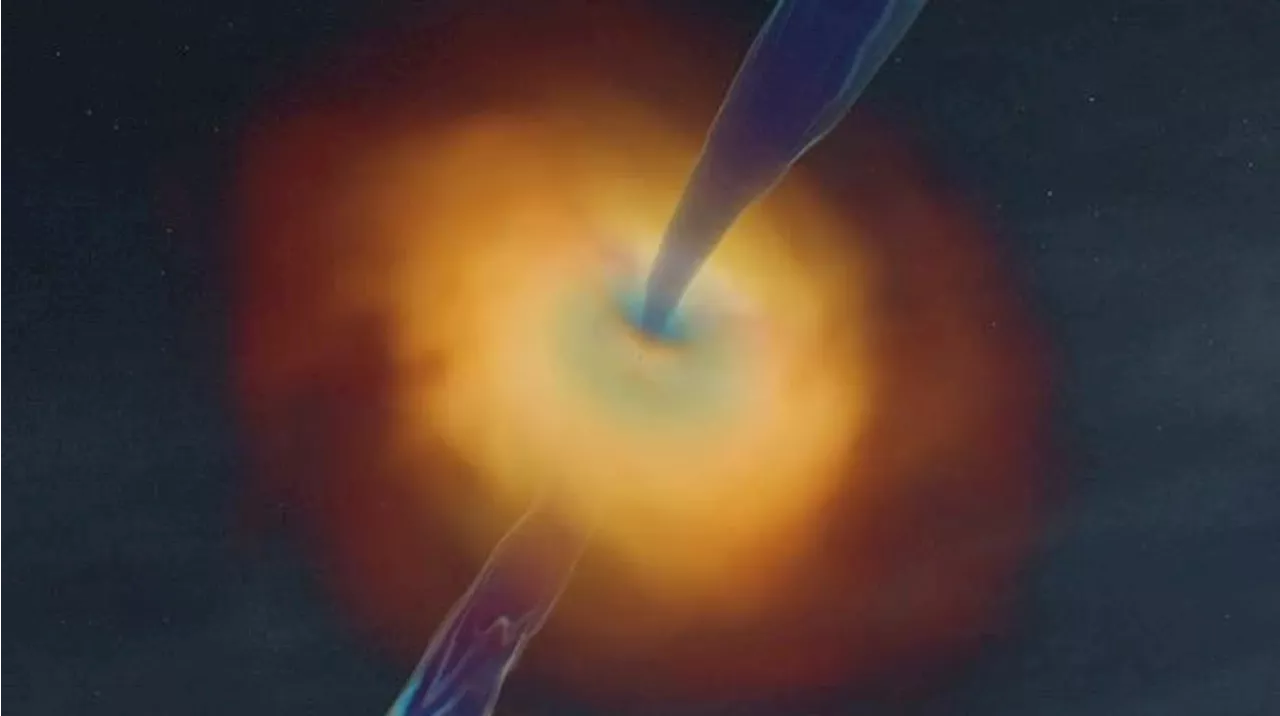Astronomers have observed a short-lived burst of energy originating from a galaxy 500 million light-years away. This event, captured by the Catalina Real-Time Transient Survey, is believed to be caused by a black hole consuming a star, offering valuable insights into stellar evolution and black hole behavior.
A team of astronomers have detected a surprisingly fast and bright burst of energy from a galaxy 500 million light years away. The burst of radiation peaked in brightness just after 4 days and then faded quickly. The team identified the burst, which was using the Catalina Real-Time Transient Survey with supporting observations from the Gran Telescopio Canarias, as the result of a small black hole consuming a star.
The discovery provides an exciting insight into stellar evolution and a rare cosmic phenomenon. Black holes are stellar corpses where the gravity is so intense that nothing, not even light can escape. They form when massive stars collapse under their own gravity at the end of their life forming an infinitely small point known as a singularity. The region of space around the singularity is bounded by the event horizon, the point beyond which, nothing can escape. Despite the challenges of observing them, they can be detected by observing the effects of their gravity on nearby objects like gas clouds. There are still many mysteries surrounding black holes so they remain an intense area of study. 3D rendering of a rapidly spinning black hole’s accretion disk and a resulting black hole-powered jet. Credit: Ore Gottlieb et al. (2024) A team of astronomers led by Claudia Gutiérrez from the Institute of Space Sciences and the Institute of Space Studies of Catalina used data from the Catalina Real-Time Transient Survey (CRTS) to explore transient events. The CRTS was launched in 2004 and is a wide field survey that looks for variable objects like supernova and asteroids. It uses a network of telescopes based in Arizona to scan large areas of sky to detect short-lived events. It has been of great use providing insights into the life cycle of stars and the behaviour of distant galaxies. The 60 inch Mt. Lemmon telescope is one of three telescopes used in the Catalina Sky Survey. Image: Catalina Sky Survey, University of Arizon
BLACK HOLES STELLAR EVOLUTION COSMIC PHENOMENA GALAXIES ASTONOMY
United States Latest News, United States Headlines
Similar News:You can also read news stories similar to this one that we have collected from other news sources.
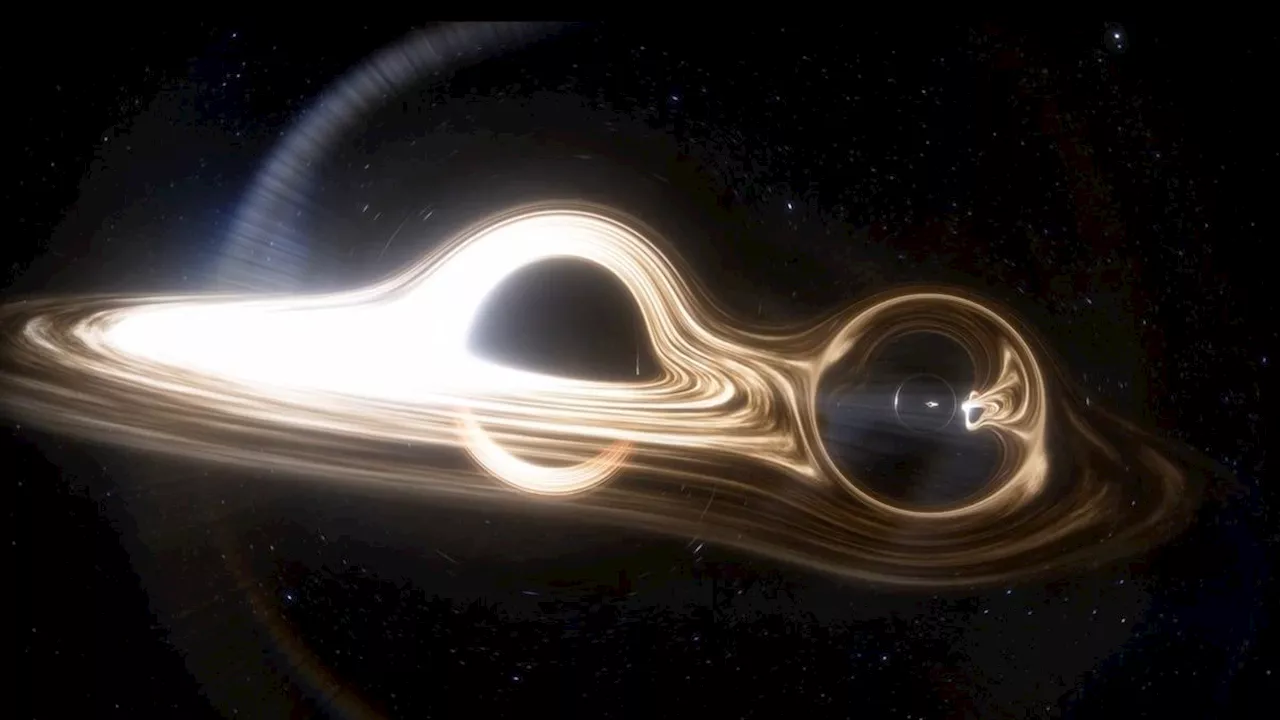 Astronomers Detect Unique 'Oscillatory' Signal from Devouring Black HolesResearchers have observed an unusual radiation signal from a pair of supermassive black holes devouring a massive gas cloud. The signal, repeating every 60-90 days, is unprecedented in active galactic nuclei and observed across X-rays, ultraviolet, and optical frequencies. This discovery offers new insights into the behavior of these cosmic giants and their interaction with galaxies.
Astronomers Detect Unique 'Oscillatory' Signal from Devouring Black HolesResearchers have observed an unusual radiation signal from a pair of supermassive black holes devouring a massive gas cloud. The signal, repeating every 60-90 days, is unprecedented in active galactic nuclei and observed across X-rays, ultraviolet, and optical frequencies. This discovery offers new insights into the behavior of these cosmic giants and their interaction with galaxies.
Read more »
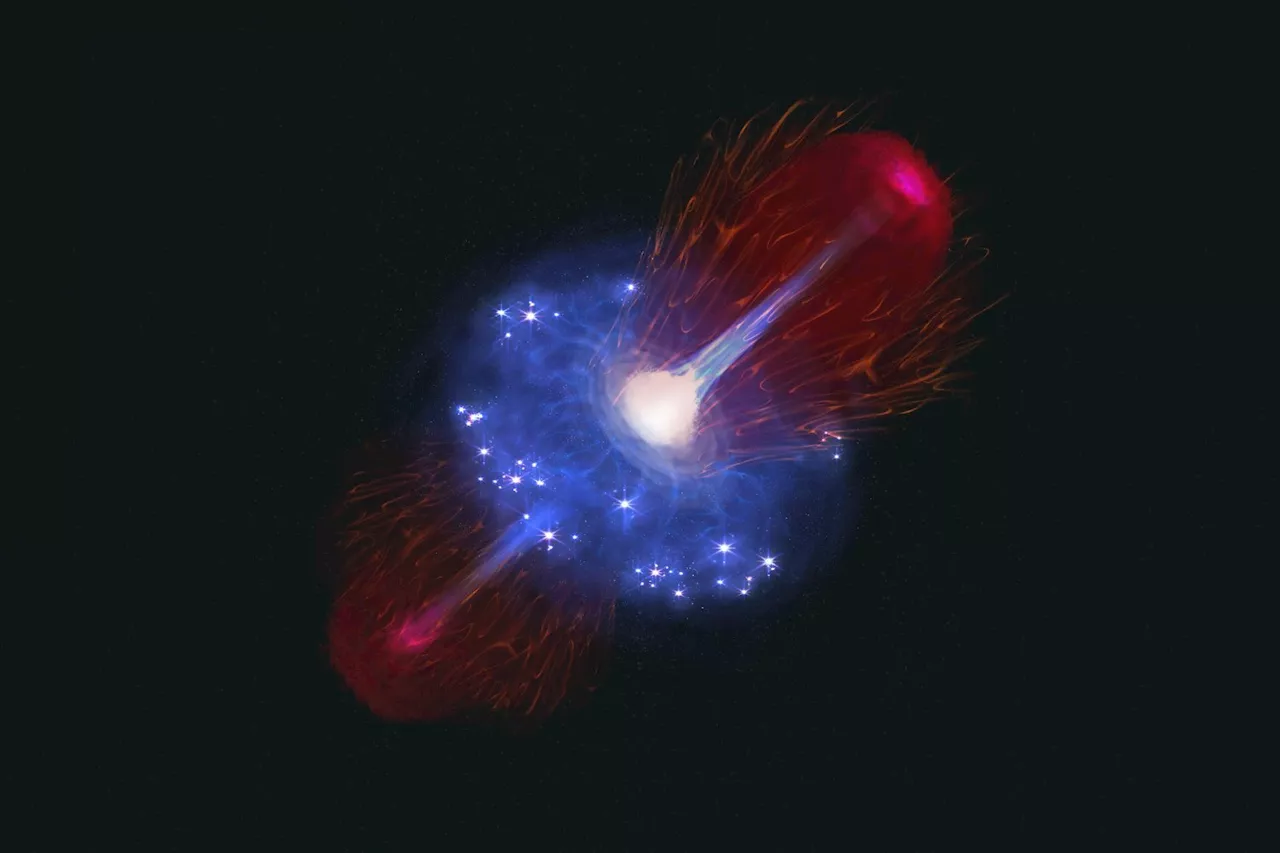 Dormant Black Hole in the Early Universe Baffles AstronomersThe James Webb Space Telescope has revealed a dormant black hole in the early universe, challenging conventional models of black hole growth.
Dormant Black Hole in the Early Universe Baffles AstronomersThe James Webb Space Telescope has revealed a dormant black hole in the early universe, challenging conventional models of black hole growth.
Read more »
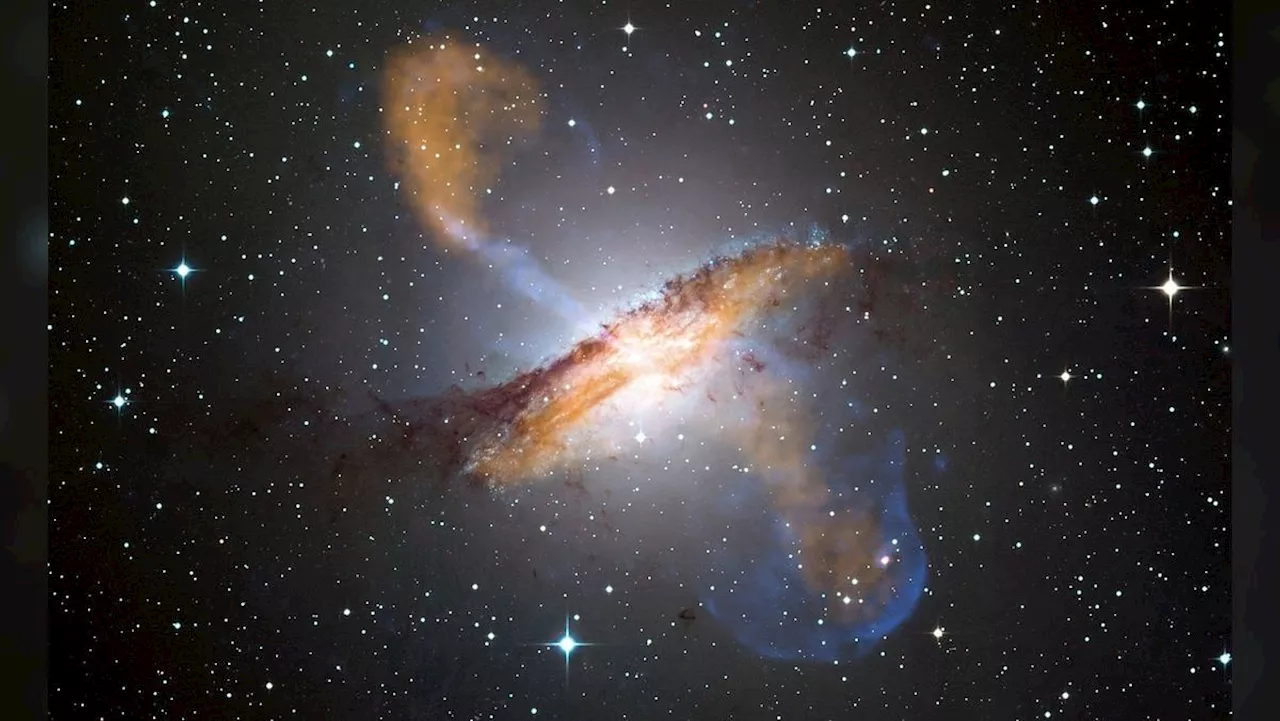 Egg-shaped galaxies may be aligned to the black holes at their hearts, astronomers findI'm a theoretical cosmologist, using data to test fundamental theories about the Universe. I use large-scale galaxy surveys to test the Einstein's theory of General Relativity over the largest possible distances.
Egg-shaped galaxies may be aligned to the black holes at their hearts, astronomers findI'm a theoretical cosmologist, using data to test fundamental theories about the Universe. I use large-scale galaxy surveys to test the Einstein's theory of General Relativity over the largest possible distances.
Read more »
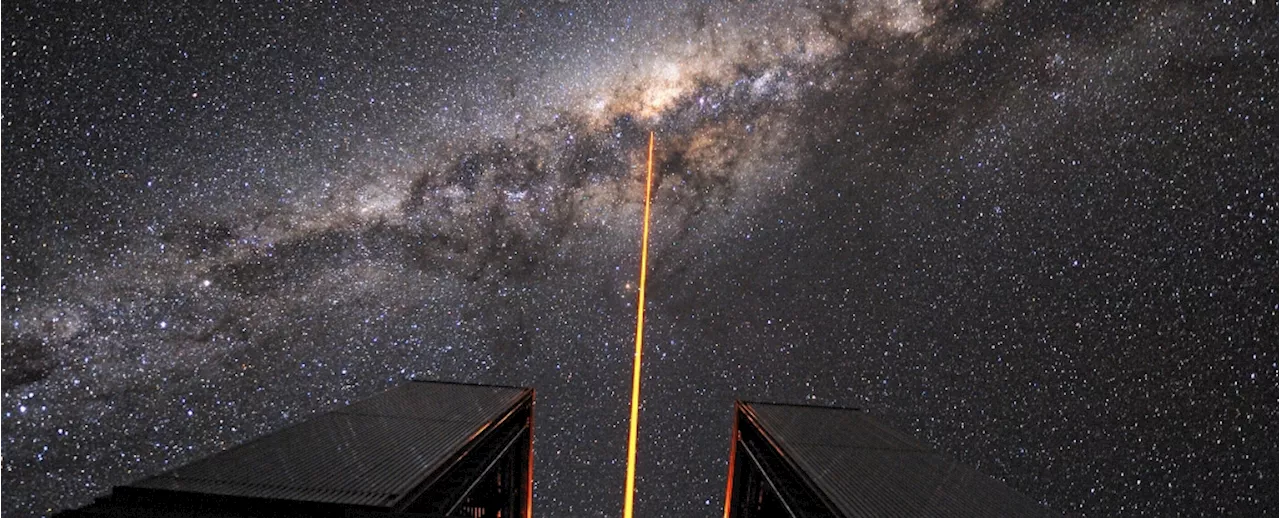 Astronomers Discover Binary Star System Orbiting Milky Way's Black HoleA team of astronomers has made a groundbreaking discovery, finding a binary star system orbiting Sagittarius A*, the supermassive black hole at the center of our Milky Way galaxy. This finding sheds light on the extreme environment at the galaxy's core and helps explain why some stars move at exceptionally high speeds.
Astronomers Discover Binary Star System Orbiting Milky Way's Black HoleA team of astronomers has made a groundbreaking discovery, finding a binary star system orbiting Sagittarius A*, the supermassive black hole at the center of our Milky Way galaxy. This finding sheds light on the extreme environment at the galaxy's core and helps explain why some stars move at exceptionally high speeds.
Read more »
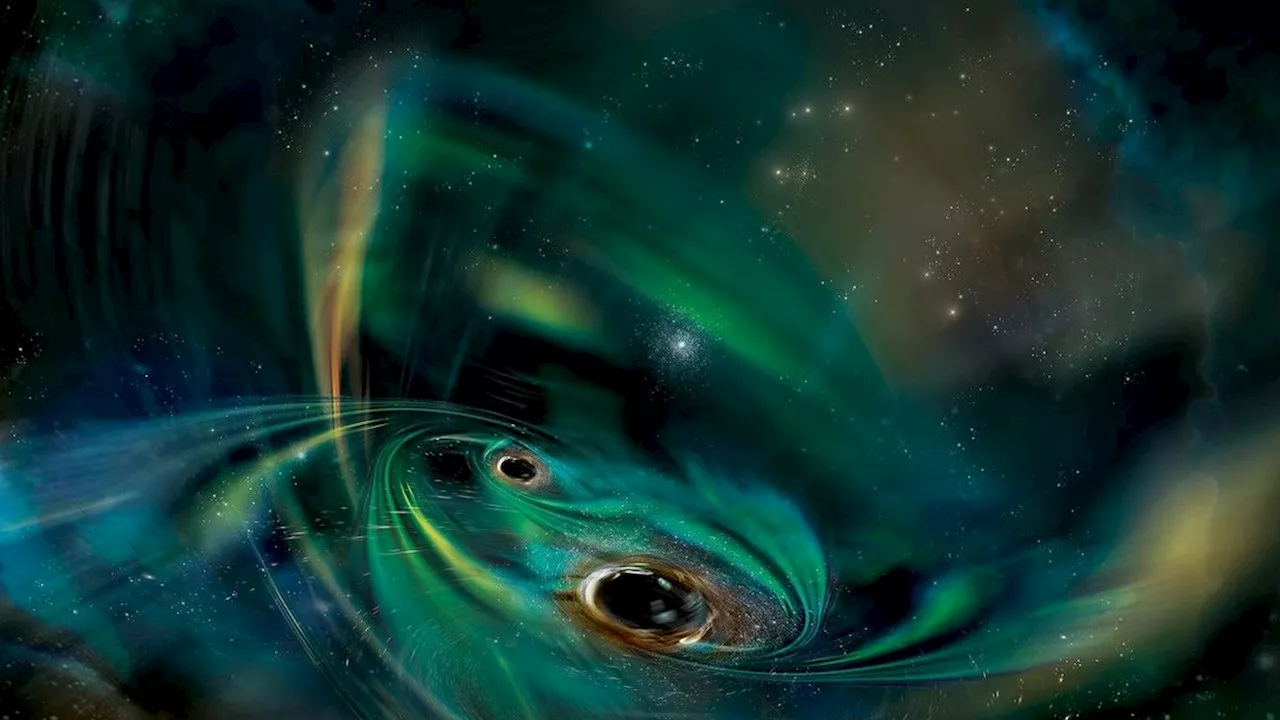 Unusual black hole light bursts puzzle astronomers: 'We are finding a lot of weird stuff'Sharmila Kuthunur is a Seattle-based science journalist covering astronomy, astrophysics and space exploration. Follow her on X skuthunur.
Unusual black hole light bursts puzzle astronomers: 'We are finding a lot of weird stuff'Sharmila Kuthunur is a Seattle-based science journalist covering astronomy, astrophysics and space exploration. Follow her on X skuthunur.
Read more »
 Amazon has this limited-edition Dyson Airstrait for $100 off in a rare Black Friday dealGet Dyson's hottest hair tool for $100 off today on Amazon for Black Friday.
Amazon has this limited-edition Dyson Airstrait for $100 off in a rare Black Friday dealGet Dyson's hottest hair tool for $100 off today on Amazon for Black Friday.
Read more »
